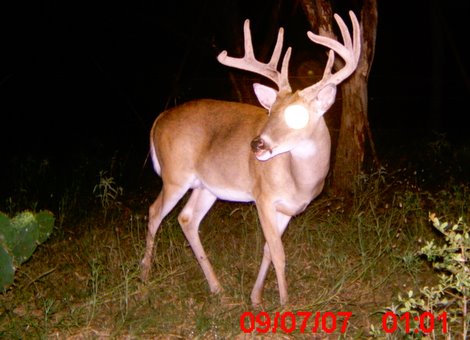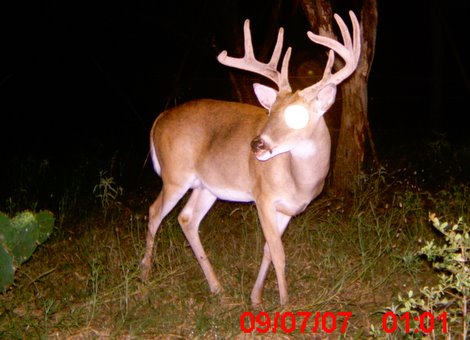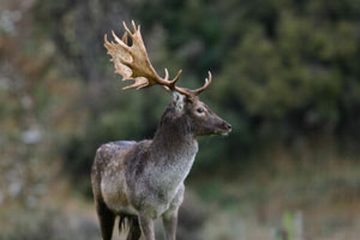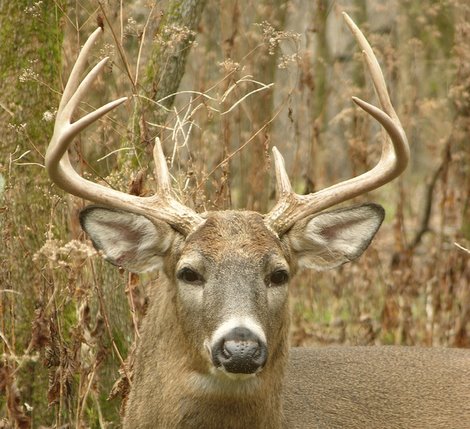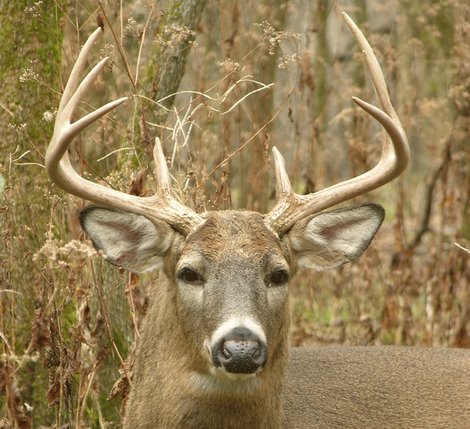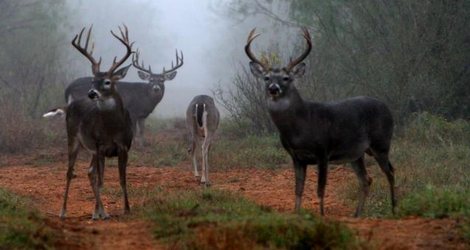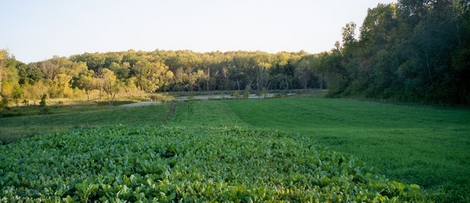Every hunter would love to pattern a big ole monster buck prior to hunting season. Knowing when and where to be set up come hunting season would be worth a mint! But what about those areas where you put up your game camera and don’t see any bucks? Is there any value in that information? Yes.
Believe it or not, many areas are rarely or never visited by white-tailed bucks. Eliminating areas where you should not be is hunting is of great importance and actually increases your chances of taking a buck on any given day — assuming you aren’t hunting “dead space.” Continue reading “Patterning Areas with Game Cameras”
